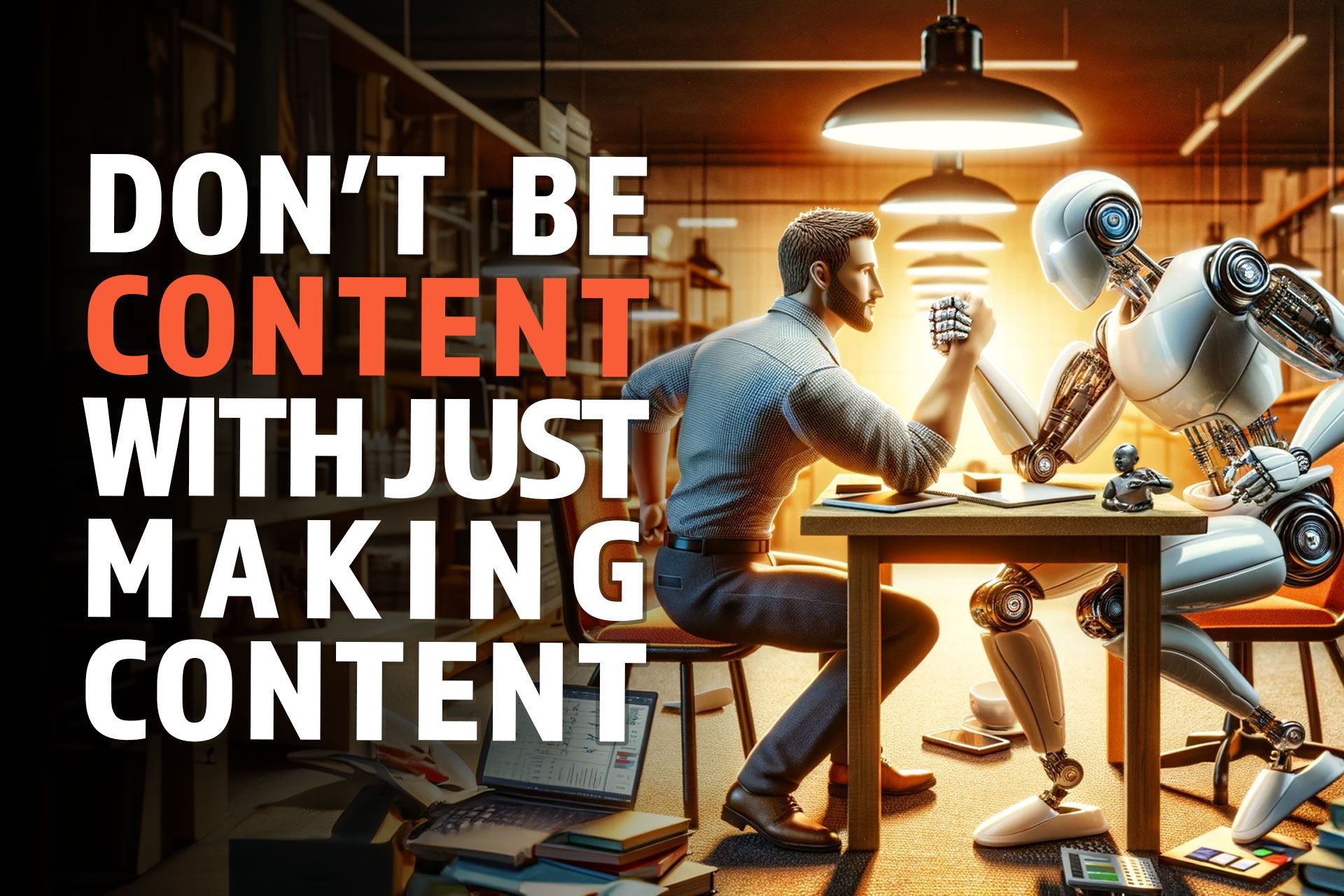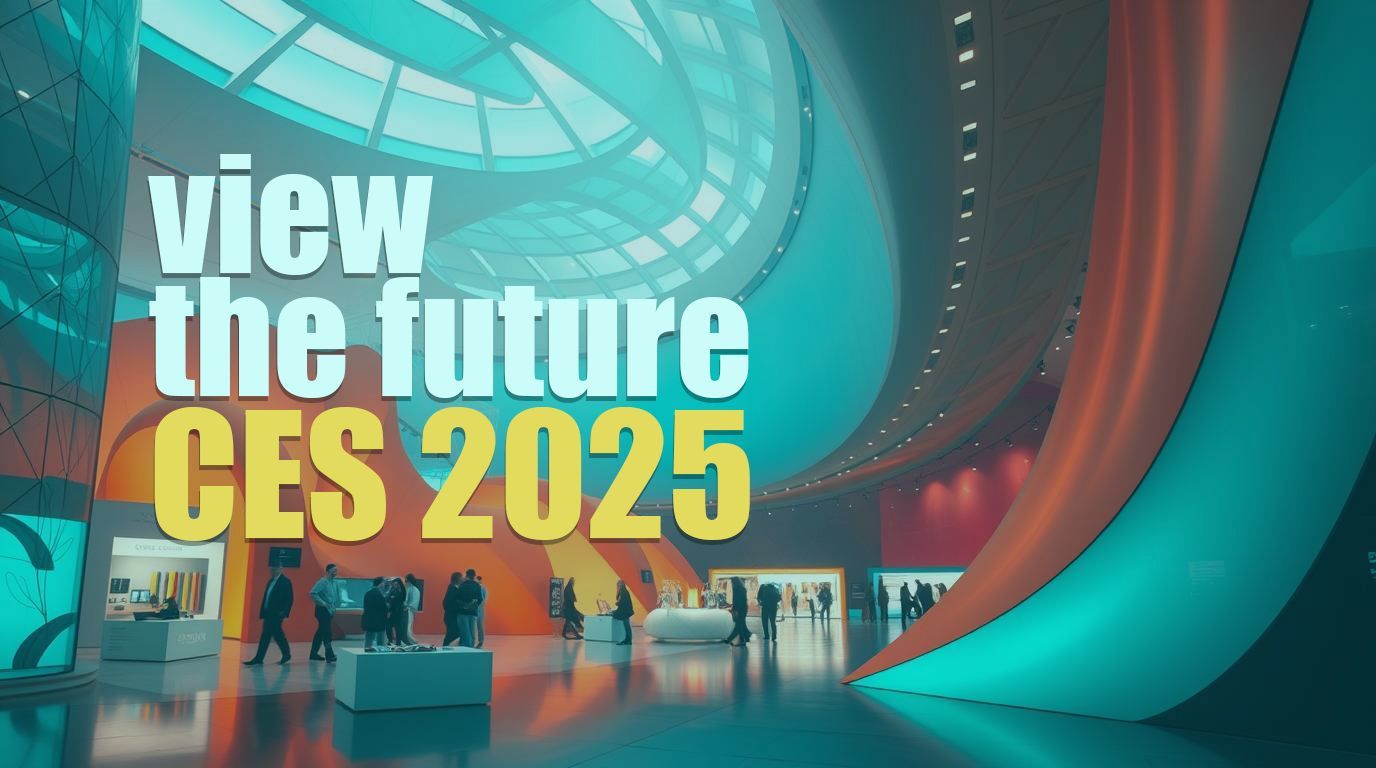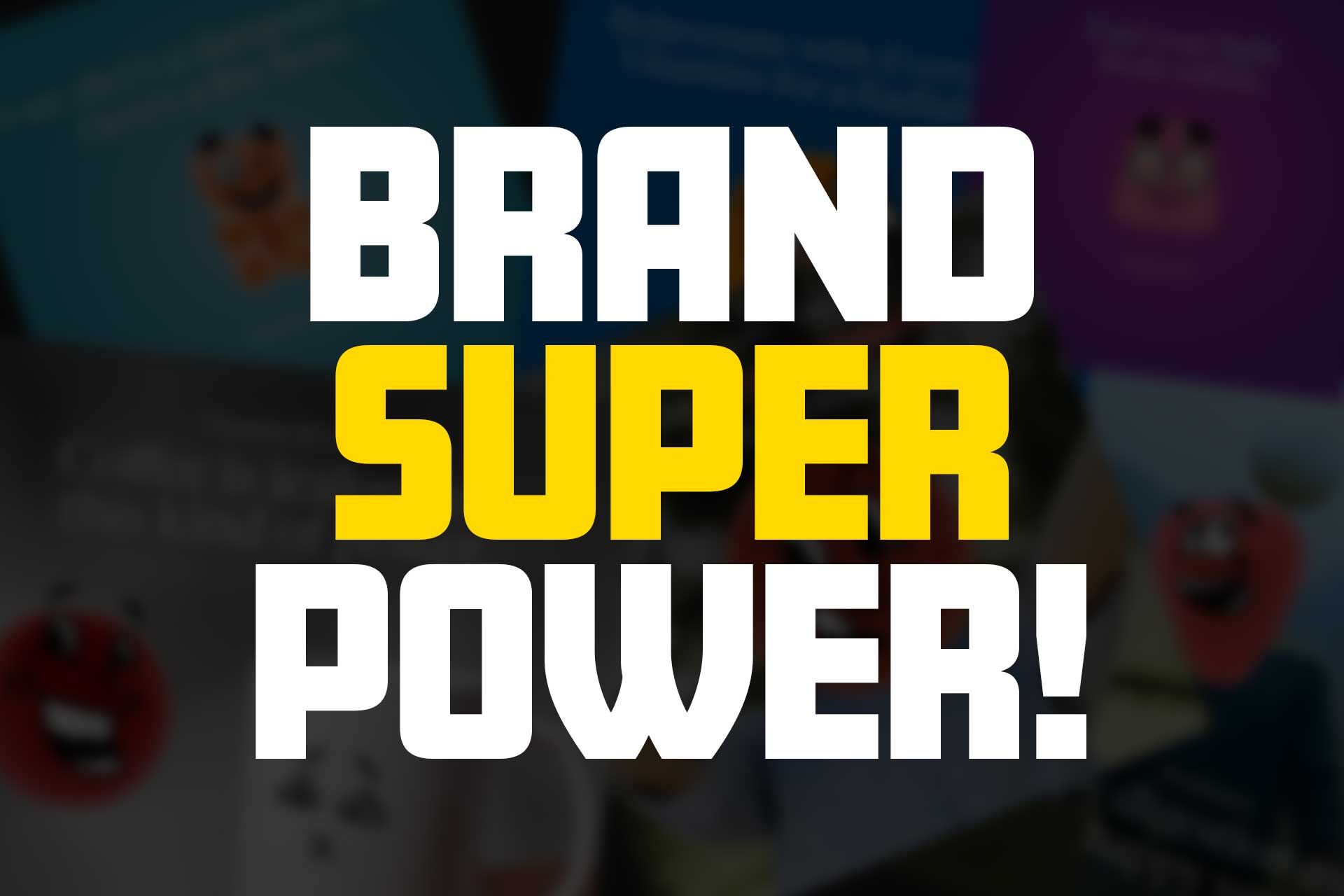Get in touch
555-555-5555
mymail@mailservice.com

Human Expertise Still Matters

Let's think about how we can work WITH AI generated content rather than having it work against us.
Google's newly announced update is a huge and welcomed direction. Google will be emphasizing high-quality, authentic content while seemingly addressing the the proliferation of AI-generated content - which is often times unhelpful and comes in such quantities that finding the useful bits requires me to use generative AI to parse the content for me. Haha.
When it comes to content creation, I see generative AI as a powerful sidekick. I often use it to brainstorm, help me find the perfect way to phrase something that just isn't coming together the way I want it to. But here's the thing - AI works with what it knows. It usually can't pull a brilliant insight out of thin air or inject the empathy and understanding that makes content truly connect with an audience. That's the magic of us humans! We can eventually get the model to write it, but thats the thing - with all the work we did to get the content where we wanted we could have just written it ourselves and then used generative AI to help us make it flow better, to find the missing connections, or even have it analyze the content from our target audience's perspective. I love doing that part. "Read this article as a CMO and do XYZ".
A recent Capgemini study reveals that 73% of consumers globally trust content created by generative AI. That's huge and tell us a majority of our audience accepts the use of AI tools. It bodes well for AI's potential but it also underscores the imperative for content creators to ensure AI-assisted content upholds the highest standards of originality and quality because if the quality isn't there and the quantity is unbearably high, users will naturally look for other sources that don't require the work to sort through.
As I understand it, the core of Google's update is really just a renewed emphasis on content quality. It's not really new. This has always been a required strategy. We need to (re)focus on delivering genuine value, incorporate unique insights, and ensure accuracy, aiming to enrich the online ecosystem instead of gaming the system with a ton of junk or redundant content.
I have also been thinking about how all of this will play into Google's thinking with their Search Generative Experience (SGE). This is all a bit new but from I can see, based on their emphasis on quality and combating AI-generated spam, there are areas where they want us to focus on. However, aren't the very things we should have been doing all along?
- Deep Expertise: Google's want's trustworthy, insightful content. SGE will heavily favor content creators with proven knowledge in their domain. So, subject matter experts who can provide nuanced, well-substantiated information will be in demand.
- Originality and Insight: SGE will likely aim to go beyond simply regurgitating facts found elsewhere. I believe content creators who can bring fresh perspectives, unique analysis, and answer questions in a novel way will make SGE a much more compelling experience.
- Strong Writing Skills: I think that even with the best information to draw upon, we have seen how AI still struggles with the nuances of language. Content creators who can present information clearly, engagingly, and tailored to specific audiences will help refine SGE's output. Think about every email generative AI writes "I hope this email finds you well" - UGH.
- Understanding of SEO Principles: Those familiar with optimizing content for search engines will be better positioned to work with SGE systems. And though this is a today thing too, knowing how to structure content, use keywords meaningfully, and consider user intent will help ensure the knowledge is discoverable. We must keep up-leveling our skills and knowledge.
- Commitment to E-E-A-T (Experience, Expertise, Authoritativeness, Trustworthiness): I can't say this enough - Google prioritizes
E-E-A-T., and SGE won't be an exception. We need to be prepared to demonstrate our credentials, build a reputation for reliability, and maintain transparency in our sourcing and fact-checking..
Ultimately, I see the Google's update as a call for us to balance AI innovation with a commitment to quality and originality. We should AI tools to help us focus on creating valuable, insightful content without having to fight with against it in the race for front page dominance.
Share:




Overseeing Marketing Vision And Strategy
Experience in leading marketing at companies like Rightpoint, Hoodoo Digital, and Western Digital Corporation demonstrates my ability to oversee and drive a comprehensive marketing vision and strategy.
Let's Connect!
Contact Us
We will get back to you as soon as possible.
Please try again later.
All Rights Reserved | Thomas Dickens
Privacy & Terms
